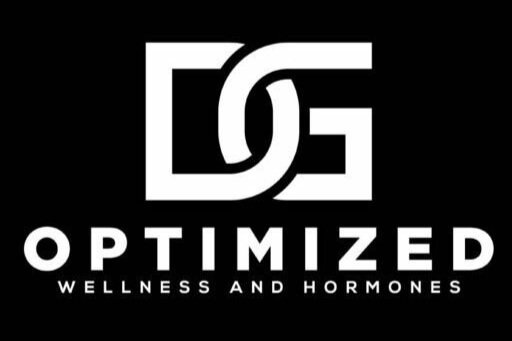Knock down your cholesterol with BHRT
Menopause, for many women, is a significant and inevitable life phase. Beyond the commonly understood hot flashes and mood swings, this transitional phase can have profound implications on a woman's cardiovascular health. Let's delve into what research says about the impact of estrogen therapy on cardiovascular disease (CVD) in postmenopausal women.
The Backdrop:
Heart health is of paramount importance, particularly for women. A staggering one-third of all deaths among women globally is caused by CVD. Disturbingly, while men might develop cardiovascular issues earlier in life, women catch up after experiencing menopause. But why does this happen?
Connecting The Dots:
Menopause brings about some less-than-friendly shifts in our blood's lipid profile. Essentially, as the levels of estrogen—a hormone that's known for its protective cardiovascular effects—dwindle, we observe unfavorable changes in serum lipoprotein concentrations.
The Silver Lining:
Estrogen therapy to the rescue! Postmenopausal estrogen therapy has demonstrated commendable effects in ameliorating these lipid disturbances. How commendable, you ask? We're talking about reducing CVD risks by a whopping 25% to 50% and halving the chances of related deaths. The mode of administering estrogen also makes a difference. When taken orally, estrogen reduces the 'bad cholesterol' (LDL) and raises the 'good cholesterol' (HDL). Transdermal (or through the skin) administration has a similar effect, but HDL levels remain unchanged.
Adding A Twist:
What happens when progestogens enter the mix? We have addressed this before, the main reason hormones have gotten a bad rap is secondary to synthetic progesterone. While some, like medroxyprogesterone acetate (MPA), can inhibit estrogen's beneficial effects. Bio-identical progesterone, micronized progesterone (MP), seem to coexist peacefully, without affecting the HDL levels in a negative fashion. This study helps clarify the effects of estrogen therapy, both orally and transdermally, and the implications of adding MP to the equation.
Final Thoughts:
Cardiovascular health is a complex tapestry influenced by various threads - hormones, age, genetics, lifestyle, and perhaps even ethnicity. This study shines a light on one segment of that spectrum, but it's an invaluable contribution that could pave the way for personalized medicine tailored to every woman's unique needs.
J Menopausal Med. 2015 Aug;21(2):104-111. English. https://doi.org/10.6118/jmm.2015.21.2.104
In essence, understanding and addressing the challenges faced by postmenopausal women is not just about providing relief from immediate symptoms. It's about giving every woman a fighting chance against silent killers like CVD. Let's embrace the findings of this study and many others, to craft a healthier, heart-happy future for all women. It's studies like this, despite small power showing that oral estradiol brings something different to the table by booting HDL and lower LDL. Jason & Rita...aka Dr. De Leon and Dr. Gillespie.
